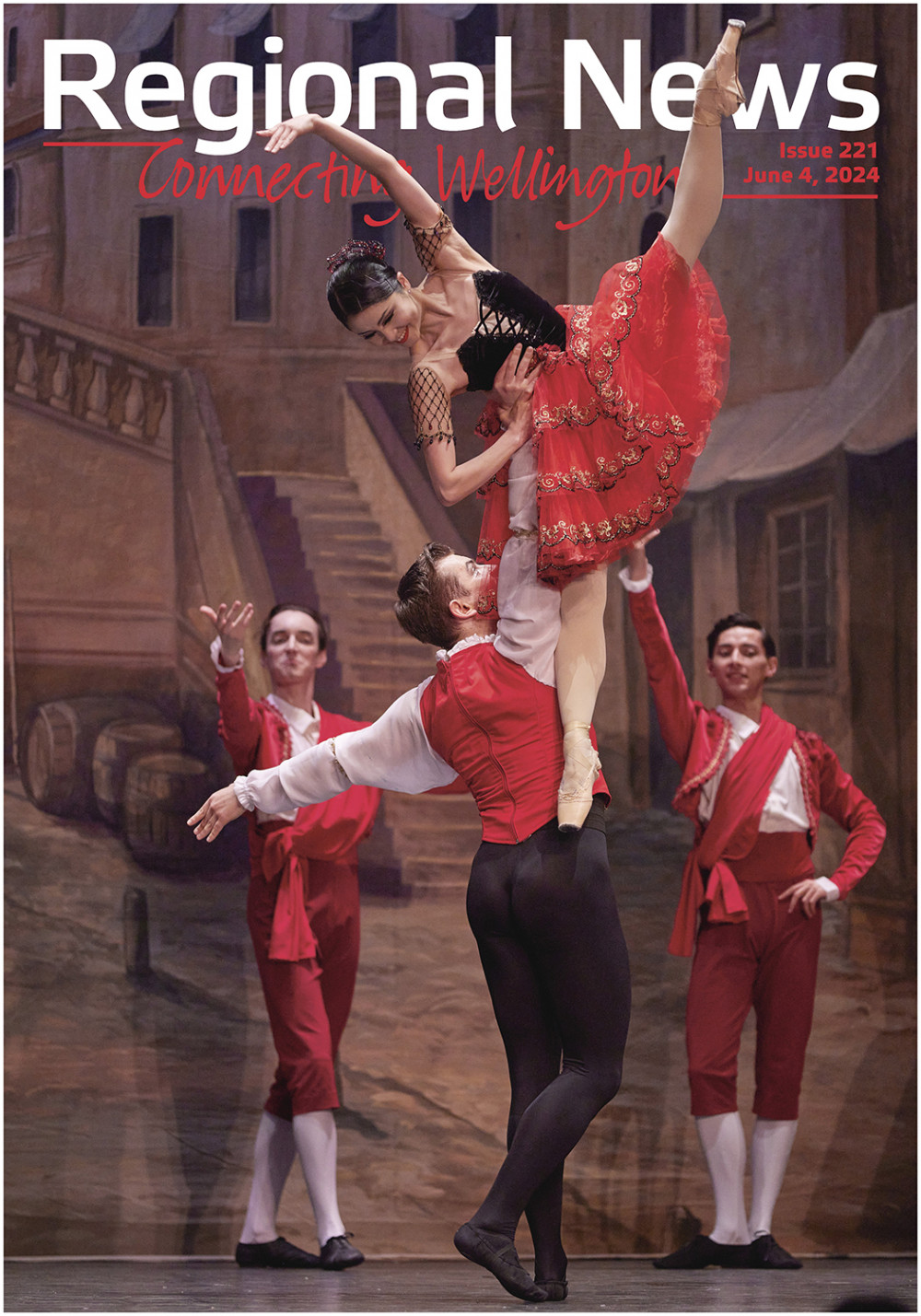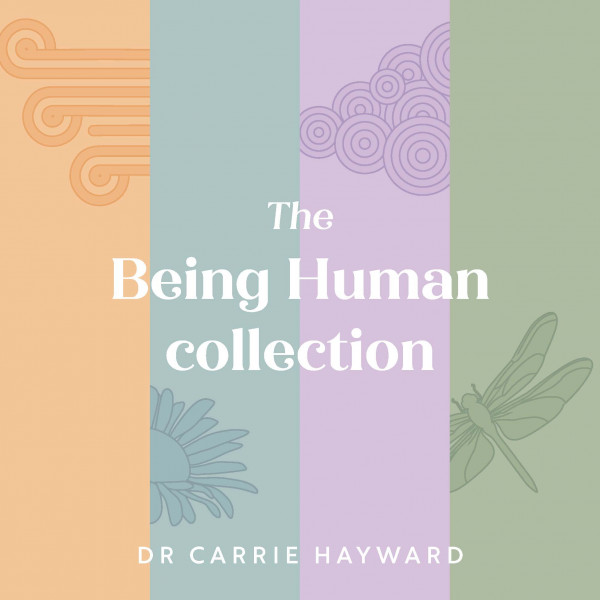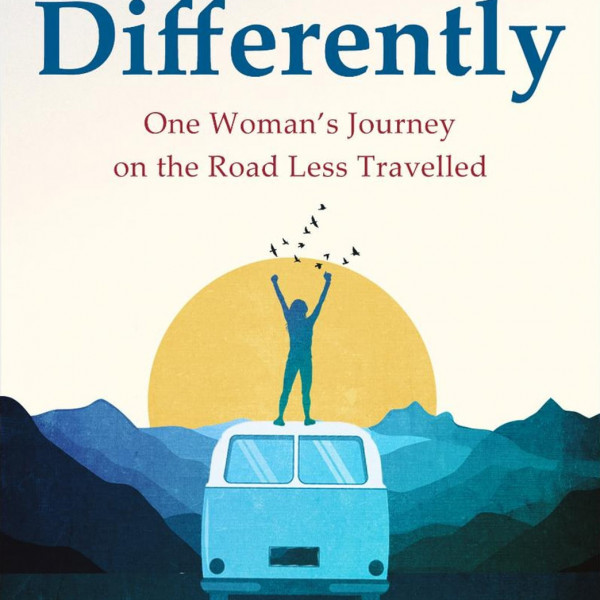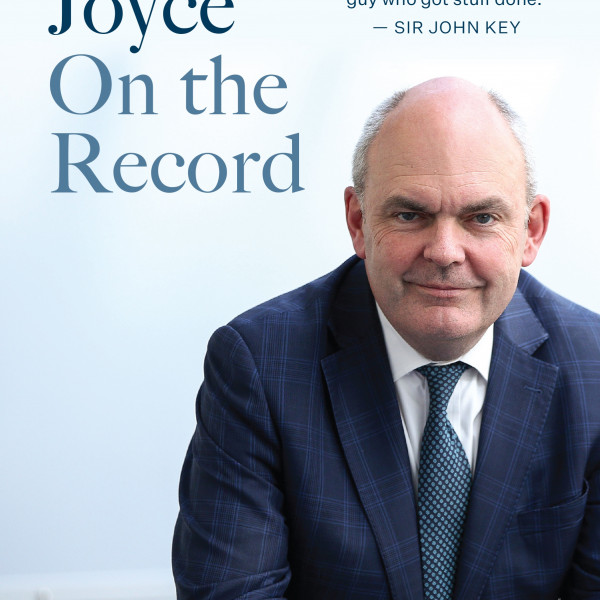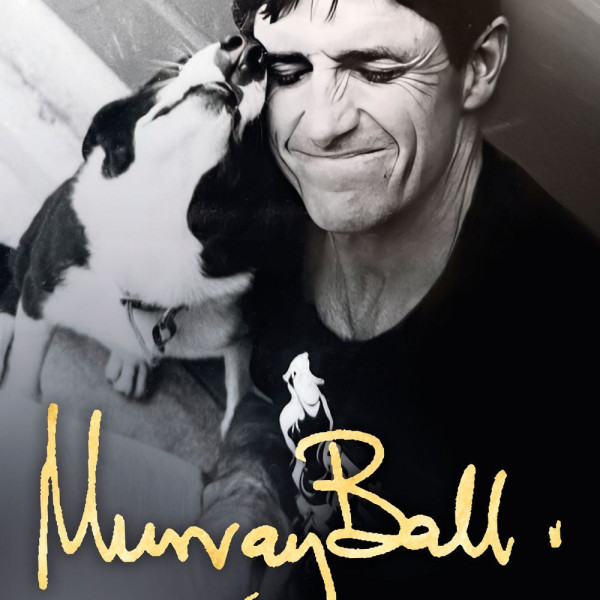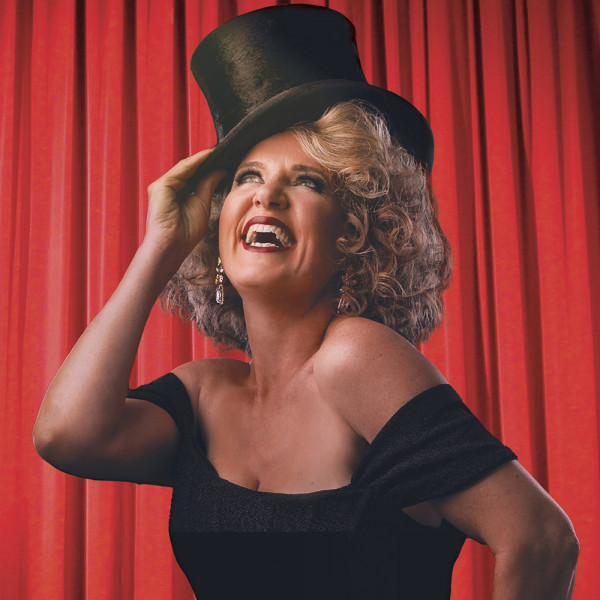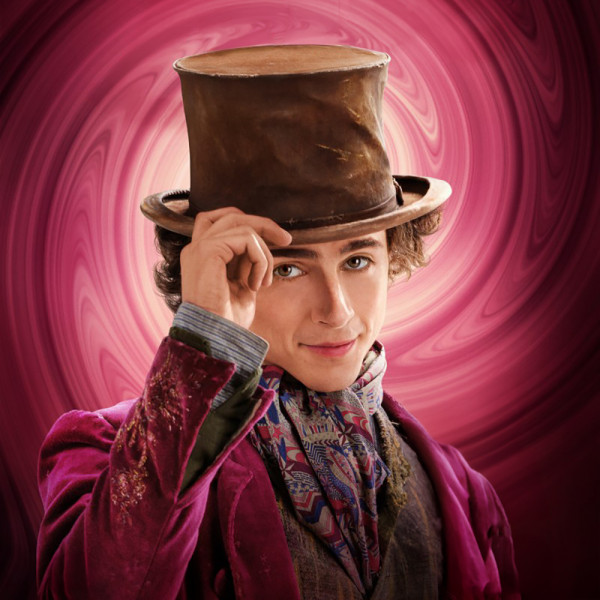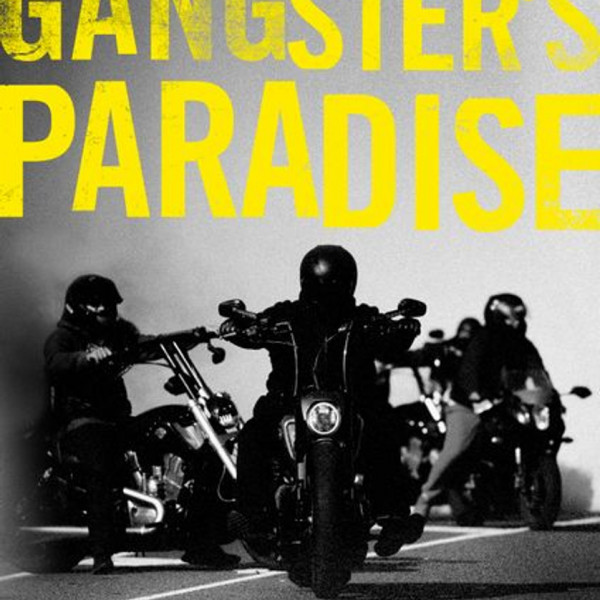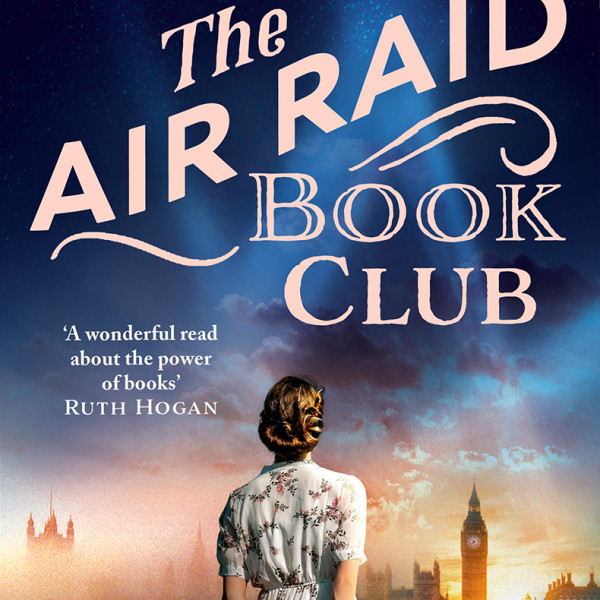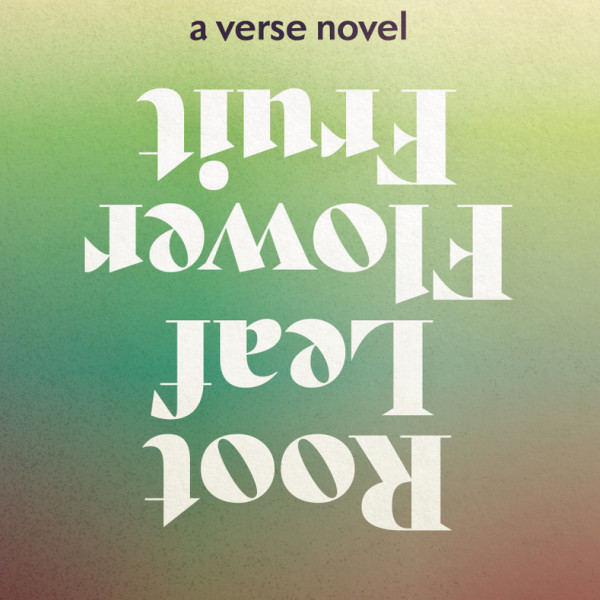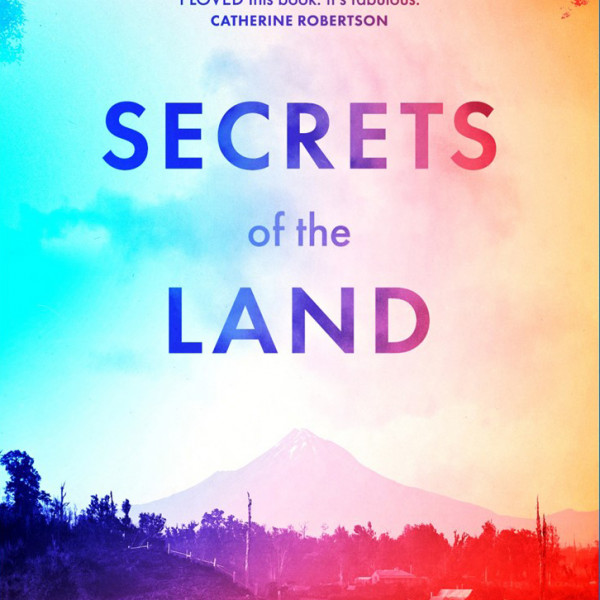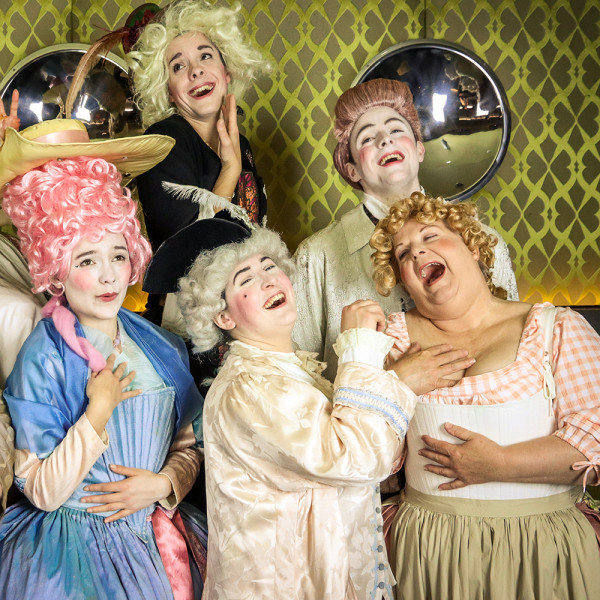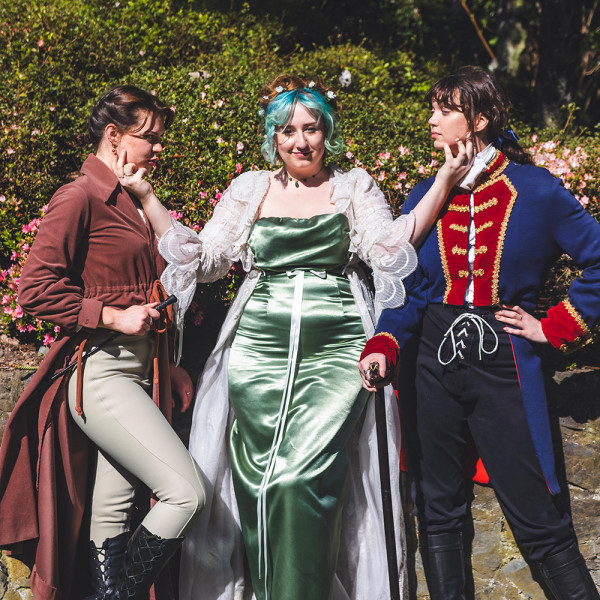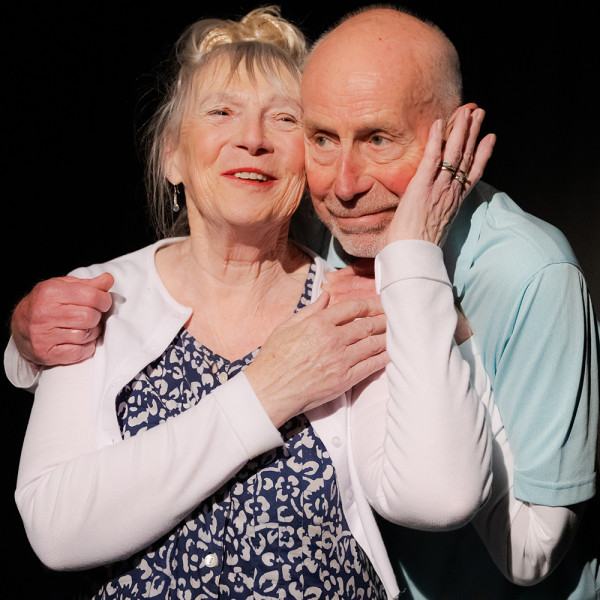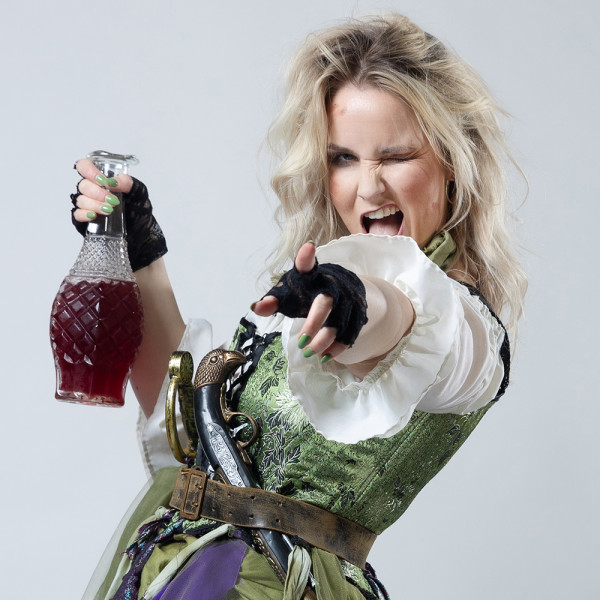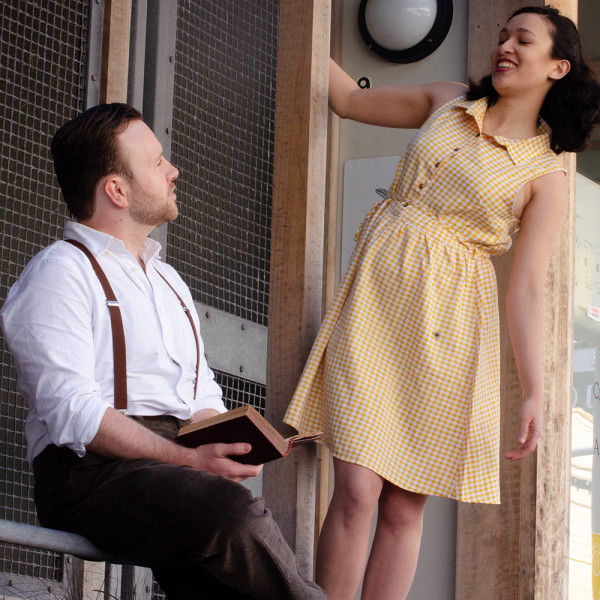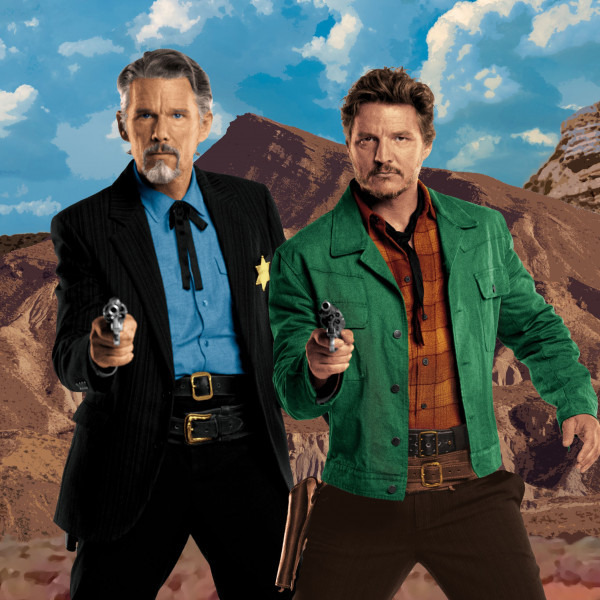
We, The Outsiders
Written by: Romina Meneses
Directed by: Romina Meneses
BATS Theatre, 31st Jan 2024
Reviewed by: Zac Fitzgibbon
Migrants are the golden threads that bind this country together. This show brings their stories to light.
We, The Outsiders is an original documentary theatre piece created and inspired by real-life stories of migrant workers living in New Zealand. Written and directed by Romina Meneses, who performs alongside Akash Saravanan and Sowmya Hiremath, it explores the triumphs and tribulations of those who come to this country, opening the curtain to their diverse, yet seemingly universal experiences.
The performers speak in an interview-esque style, presenting what feels like a live documentary. They take great care in retelling experiences without creating stereotypes, embodying not the migrants themselves, but their stories. This feels very respectful considering the diversity of those who were interviewed. I also enjoy the use of humour, woven throughout as a tool to ease tension.
Josiah Matagi’s lighting design evokes moods of pain and paradise, emphasising well the juxtaposition of the suffering and splendour of moving to a new country. Scene changes are integrated into the performance, feeling like a metaphoric reminder of the constant changing and challenging situations migrants endure. Woven together with movement, Roco Moroi Thorn and Auria Paz’s compositions create thought-provoking, mesmerising moments throughout the piece.
Here, I catch my breath to think not only of the perspectives of migrants, but also the privilege we who live here have. On top of this, as a third-generation immigrant on my mother’s side, this production resonates with me. I know my family has endured many of the hardships portrayed in these 13 scenes.
There are so many heartfelt, beautiful moments and stories encapsulated in one short hour. Presented under the umbrella of the Six Degrees Festival, supported by Te Herenga Waka – Victoria University of Wellington, We, The Outsiders is for all those who call New Zealand home and those who feel far from home. I urge you all to come to this enchanting piece of theatre.



